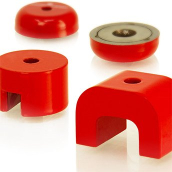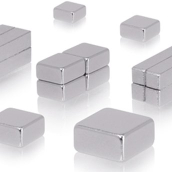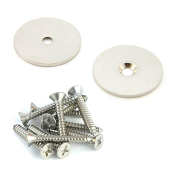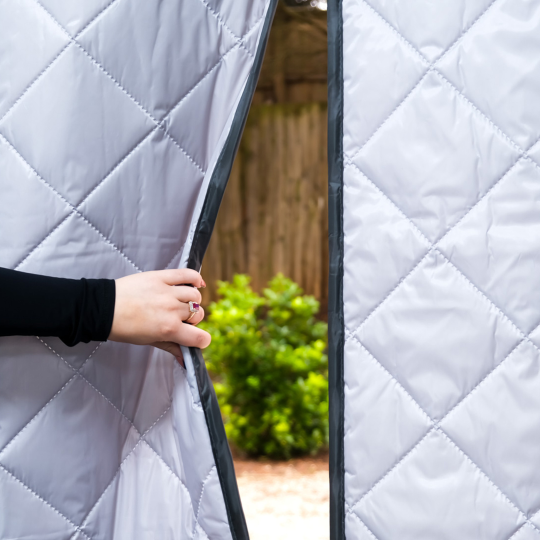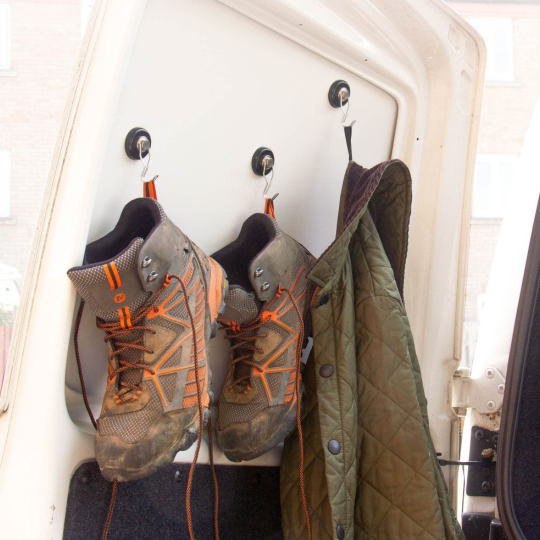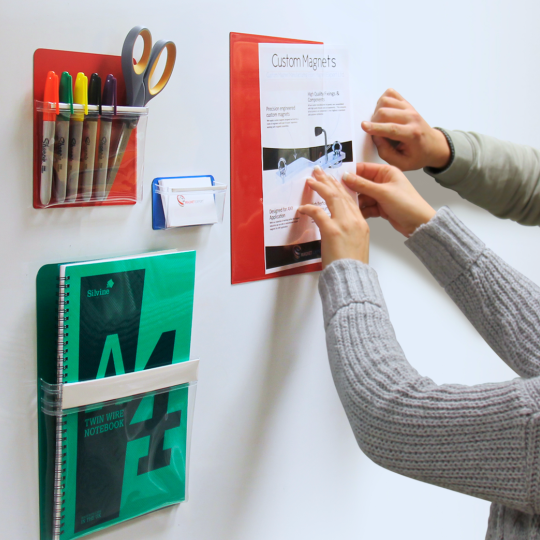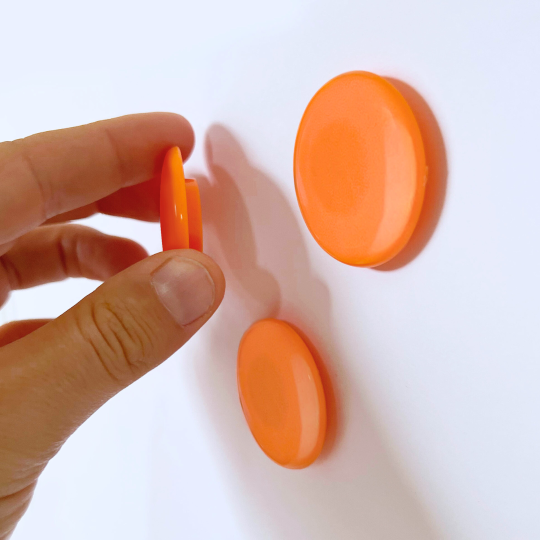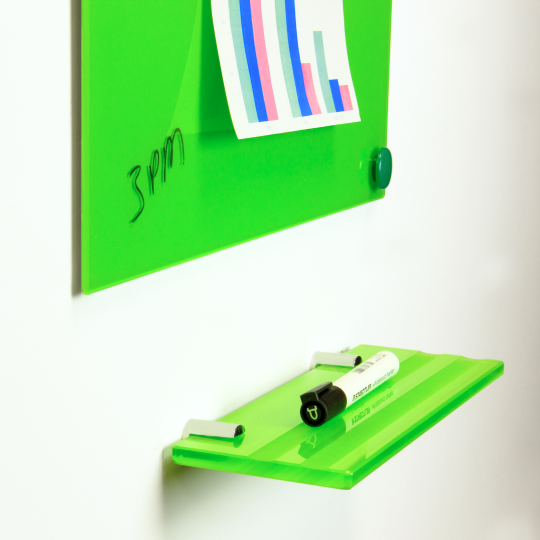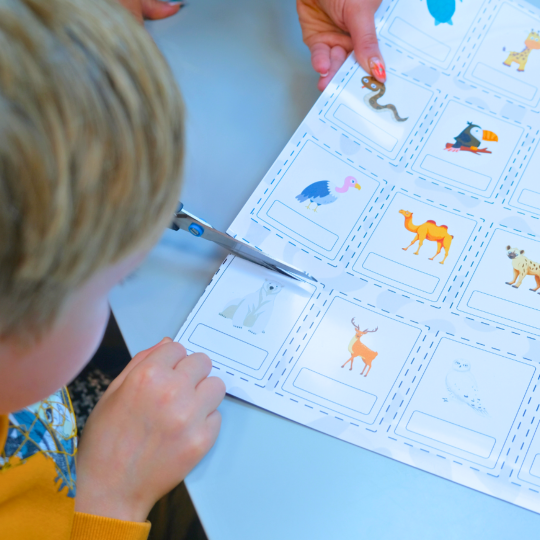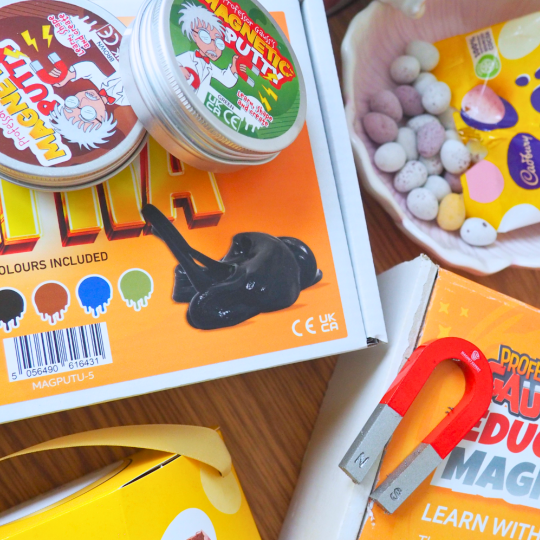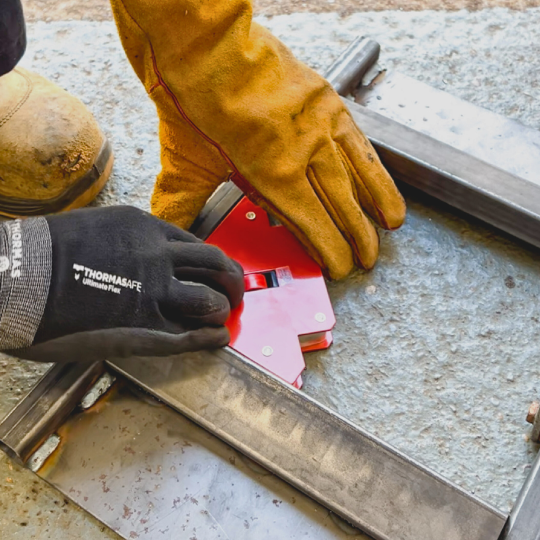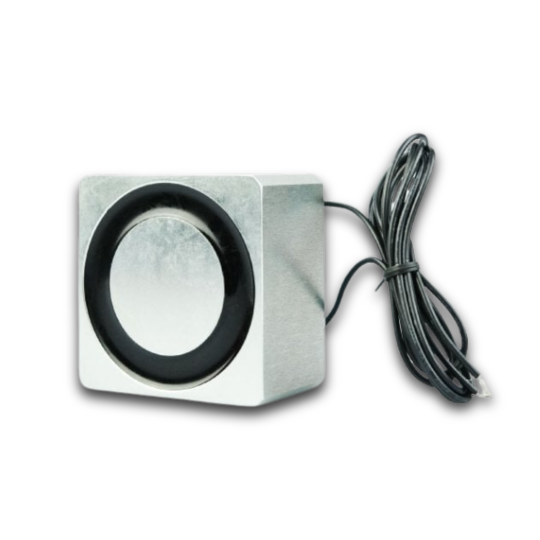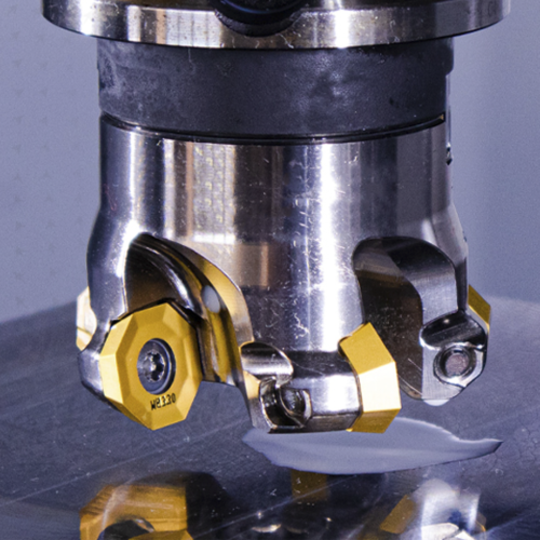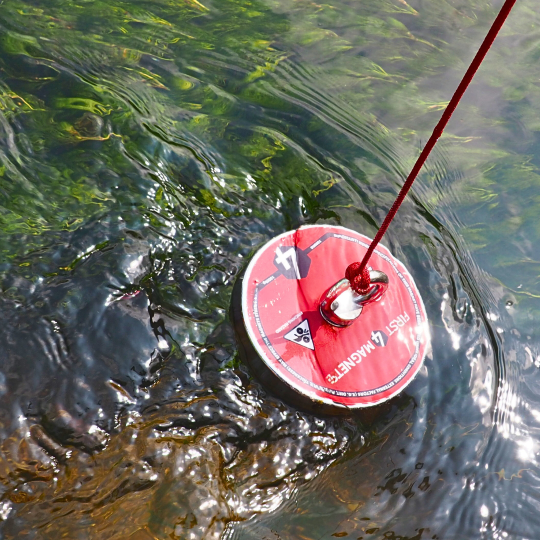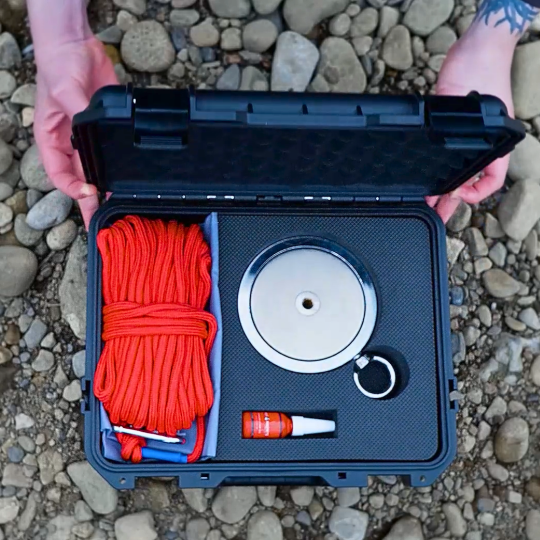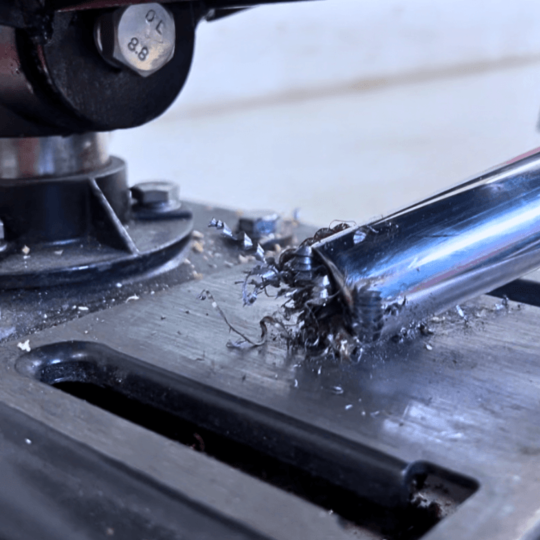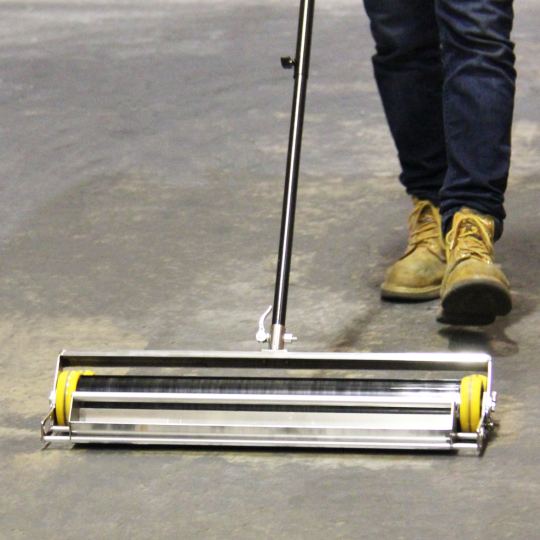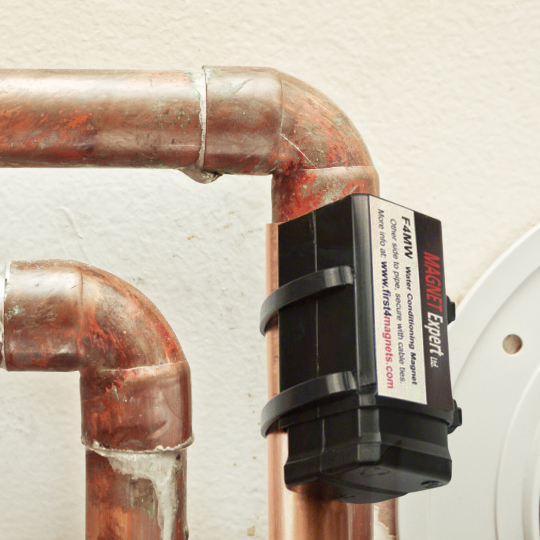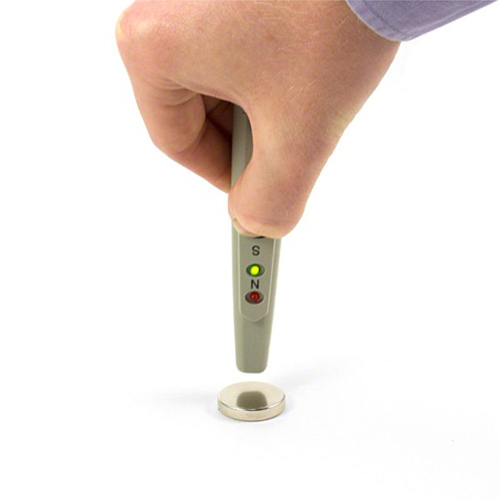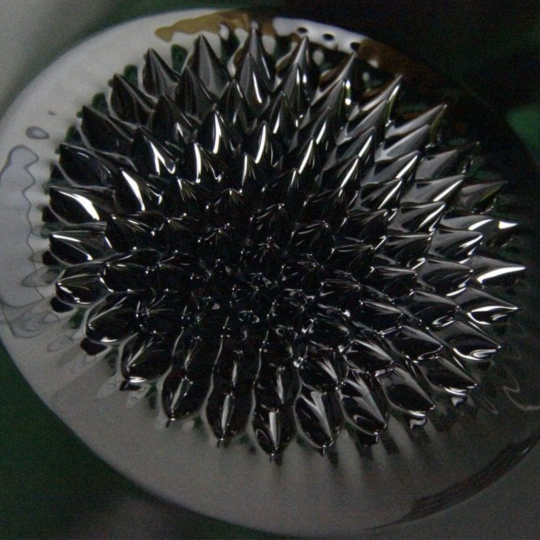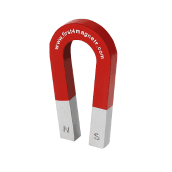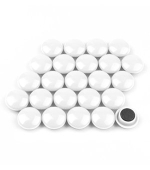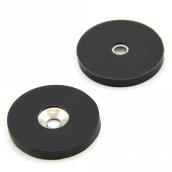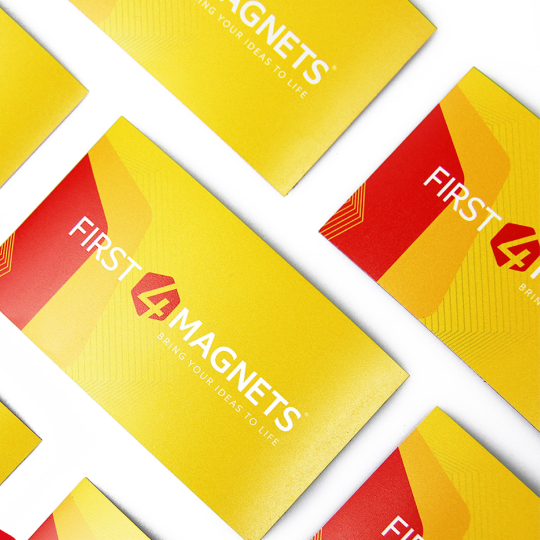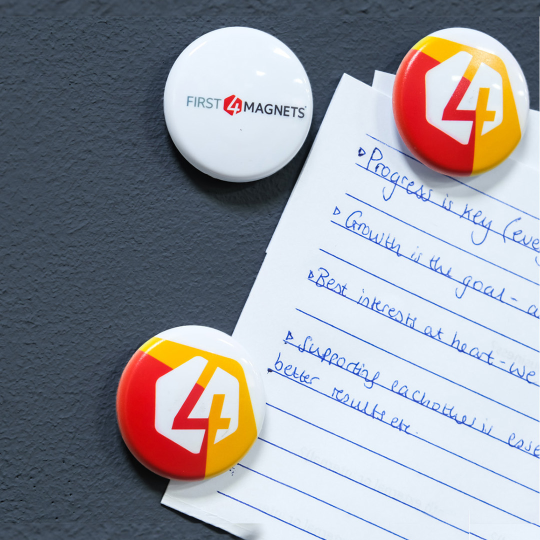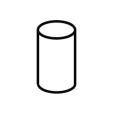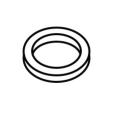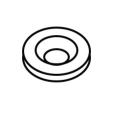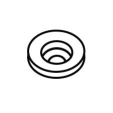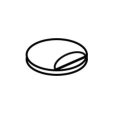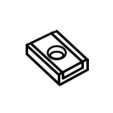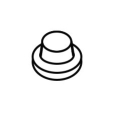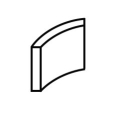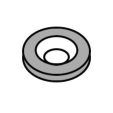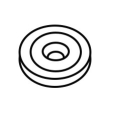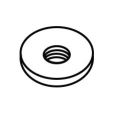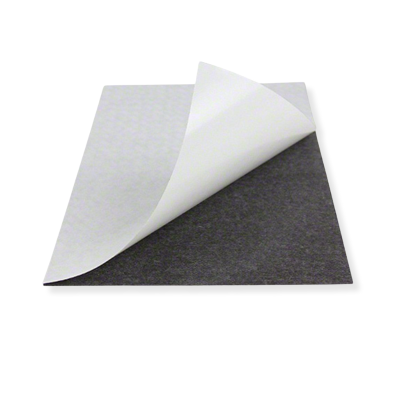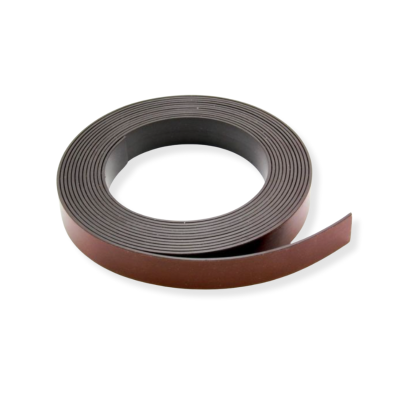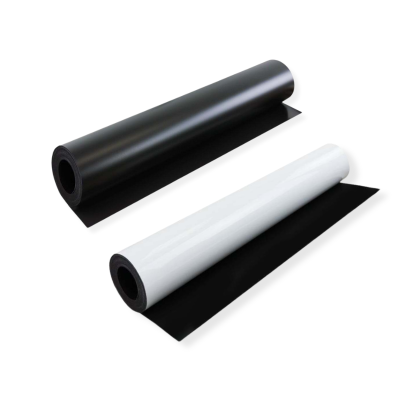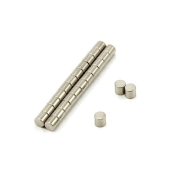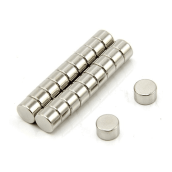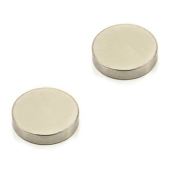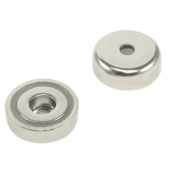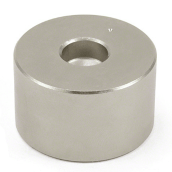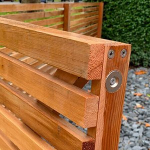How Are Ferrite Magnets Made
The process for manufacturing ferrite magnets, also known as ceramic magnets, is not as costly or sophisticated as producing rare-earth neodymium magnets, here we will explain the production process in an easy to understand way.

The technical bit first; the chemical compound of ferrite magnets is SrO-6 (Fe2O3), a combination of strontium carbonate and iron oxide. Because of their chemical make-up it means they are extremely resistant to demagnetisation through heat and corrosion, although, like neodymium magnets they are very hard and brittle. Because of this, most ferrite magnets are supplied in basic shapes such as square or rectangular tiles, cylinders and rings. Machining after the production process is costly and requires diamond coated machining tools.
STEP 1
The production of ferrite magnets begins with calcining a finely powdered mixture of iron oxide and strontium carbonate to produce a metallic-oxide material. In some grades, other chemicals such as cobalt and lanthanum are added to improve the magnetic performance. Once cooled, the already fine powder is then milled a number of times reducing the calcined material to fine particles smaller than 2 micrometers or 2 microns, so that each particle consists of one single magnetic domain. A human hair is 75 microns wide so you can imagine how small 2 microns really is!
Did You Know? Calcining is the heating of material in temperatures between 1000℃ and 1350℃ in the absence of air to bring about thermal decomposition.
STEP 2
The powder is then pressed and compacted into a die and sintered. If the process of shaping and pressing takes place within an externally applied magnetic field the particles forming the magnet will be aligned and the magnet produced will be anisotropic. For this to be achieved the particles would first need to be mixed with water to form a slurry material.
If the powder is dry-pressed and not within an externally applied magnetic field the magnet will be isotropic and have weaker magnetic properties.
STEP 3
Once pressed, the compacted particles are then sintered at very high temperatures to make the particles fuse together and make one single magnet and then magnetised to saturation. Ferrite magnets are magnetised fairly easy and don’t require a large external magnetising field.
STEP 4
If the magnet requires machining then it will be machined using diamond coated machining tools and then coated or plated with the chosen coating.
Finally, every magnet sold by first4magnets.com is quality assured before it is dispatched to the customer to be used in hundreds of different applications.
How to buy Ferrite Magnets
